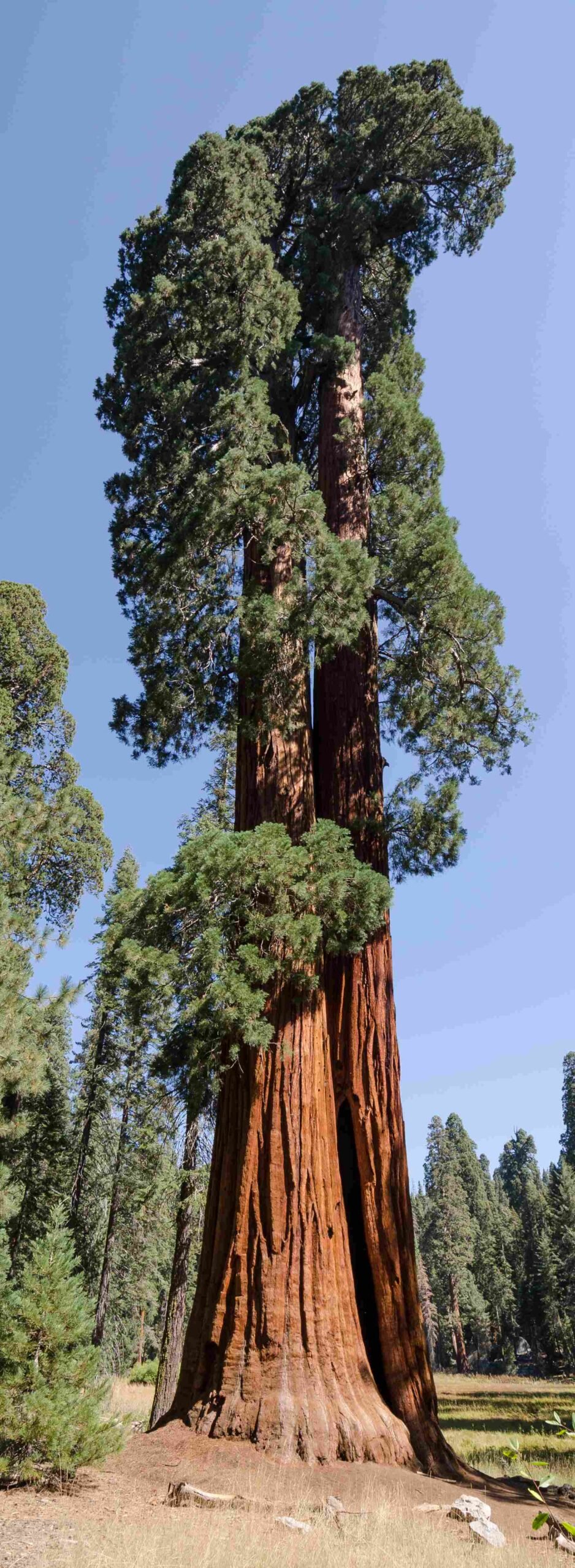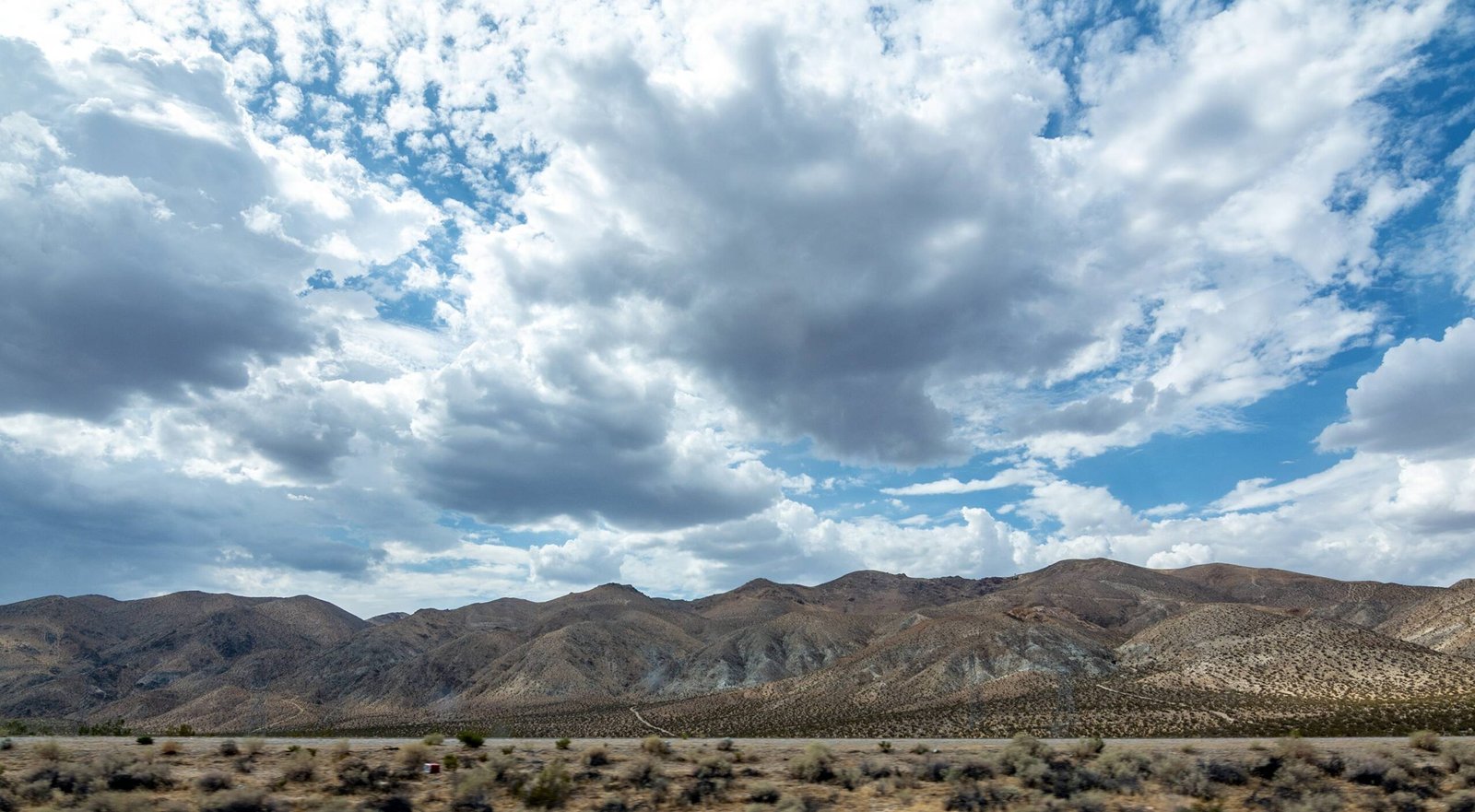Sequoia National Park offers diverse landscapes and attractions, from towering giant sequoias to scenic meadows and rugged peaks. Deciding which area to visit in Sequoia National Park depends on your interests and time available. The park’s main regions include the Giant Forest, Moro Rock area, Crescent Meadow, and the adjacent Kings Canyon. Each area offers unique experiences, from easy walks among ancient trees to challenging hikes with panoramic views.
What Are the Main Areas to Visit in Sequoia National Park?

- Giant Forest
- Moro Rock Area
- Crescent Meadow
- Kings Canyon (adjacent park)
What Can You See in the Giant Forest Area?

The Giant Forest is home to some of the largest trees on Earth, including the General Sherman Tree, the largest tree by volume. This area offers:
- Trails:
- General Sherman Tree Trail (0.5 miles)
- Congress Trail (2 miles)
-
Big Trees Trail (0.75-1.5 miles)
-
Attractions:
- Giant Forest Museum
- General Sherman Tree
- President Tree
-
Chief Sequoyah Tree
-
Amenities:
- Parking areas
- Accessible trails for wheelchairs
- Informational exhibits
Why Should You Visit the Moro Rock Area?
Moro Rock offers breathtaking views of the Great Western Divide and the western half of Sequoia National Park. Key features include:
- Moro Rock Trail:
- 400 steps to the summit
- 300 feet elevation gain
-
30 minutes to 1 hour climb time
-
Seasonal Considerations:
- Snow and ice may affect access in winter
-
Free shuttles available in summer
-
Safety Tips:
- Avoid climbing in icy conditions
- Bring water and wear sturdy shoes
What Makes Crescent Meadow Special?
Crescent Meadow, known as the “gem of the Sierra Nevada,” offers:
- Crescent Meadow Loop:
- 1.8-mile easy hike
-
Wildflowers and Sierra pine woodlands
-
Activities:
- Picnicking
- Wildlife viewing
-
Nature observation
-
Ranger-Led Programs:
- Educational walks (check visitor centers for schedules)
What Are the Key Attractions in Kings Canyon?
Kings Canyon, adjacent to Sequoia National Park, features:
- Boyden Cavern:
- 45-minute tours
-
Stalactites and stalagmites
-
Kings Canyon Scenic Byway:
- Stunning mountain views
-
Kings Canyon Overlook
-
Trails:
- Tokopah Falls Trail (4.2 miles round-trip)
- Golden Trout Wilderness trails
How to Choose Which Area to Visit in Sequoia National Park?
Consider the following factors:
- Time Available:
- Short visit: Focus on Giant Forest
- Full day: Add Moro Rock and Crescent Meadow
-
Multiple days: Explore Kings Canyon
-
Physical Ability:
- Easy walks: Giant Forest, Crescent Meadow
- Moderate hikes: Moro Rock, Tokopah Falls
-
Challenging treks: Golden Trout Wilderness
-
Interests:
- Giant trees: Giant Forest
- Panoramic views: Moro Rock
- Wildlife: Crescent Meadow
-
Caves and canyons: Kings Canyon
-
Season:
- Summer: All areas accessible
- Winter: Some road closures, check conditions
What Are the Best Trails for Different Skill Levels?
| Skill Level | Trail Name | Length | Area |
|---|---|---|---|
| Easy | Big Trees Trail | 0.75-1.5 miles | Giant Forest |
| Moderate | Moro Rock Trail | 0.5 miles (400 steps) | Moro Rock Area |
| Challenging | Tokopah Falls Trail | 4.2 miles round-trip | Kings Canyon |
What Amenities Are Available in Each Area?
- Giant Forest:
- Museum
- Parking areas
- Accessible trails
-
Informational exhibits
-
Moro Rock Area:
- Parking (2 miles from Generals Highway)
-
Summer shuttle service
-
Crescent Meadow:
- Picnic tables
-
Trailhead parking
-
Kings Canyon:
- Visitor centers
- Campgrounds
- Scenic drives
How to Plan Your Visit to Sequoia National Park?
- Determine your interests and time available
- Check seasonal conditions and park alerts
- Choose areas based on your preferences and abilities
- Plan your route and transportation options
- Pack essentials: water, snacks, appropriate clothing
- Consider joining ranger-led programs for educational experiences
By considering these factors and planning accordingly, you can make the most of your visit to Sequoia National Park, regardless of which area you choose to explore.
References:
1. https://www.nps.gov/seki/planyourvisit/gfdayhikesum.htm
2. https://www.visitvisalia.com/sequoia-national-park-hiking-trails
3. https://www.fs.usda.gov/attmain/sequoia/specialplaces
